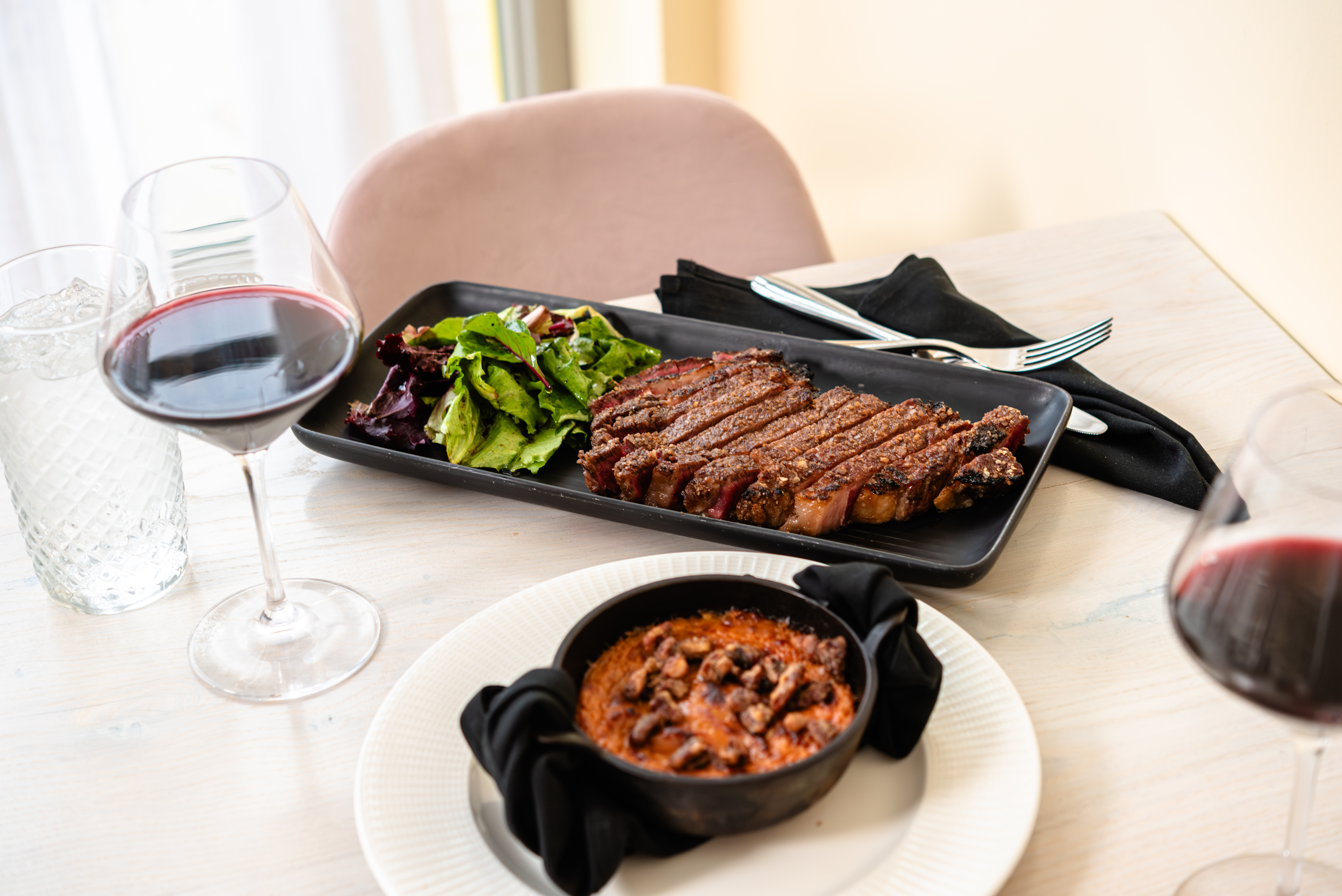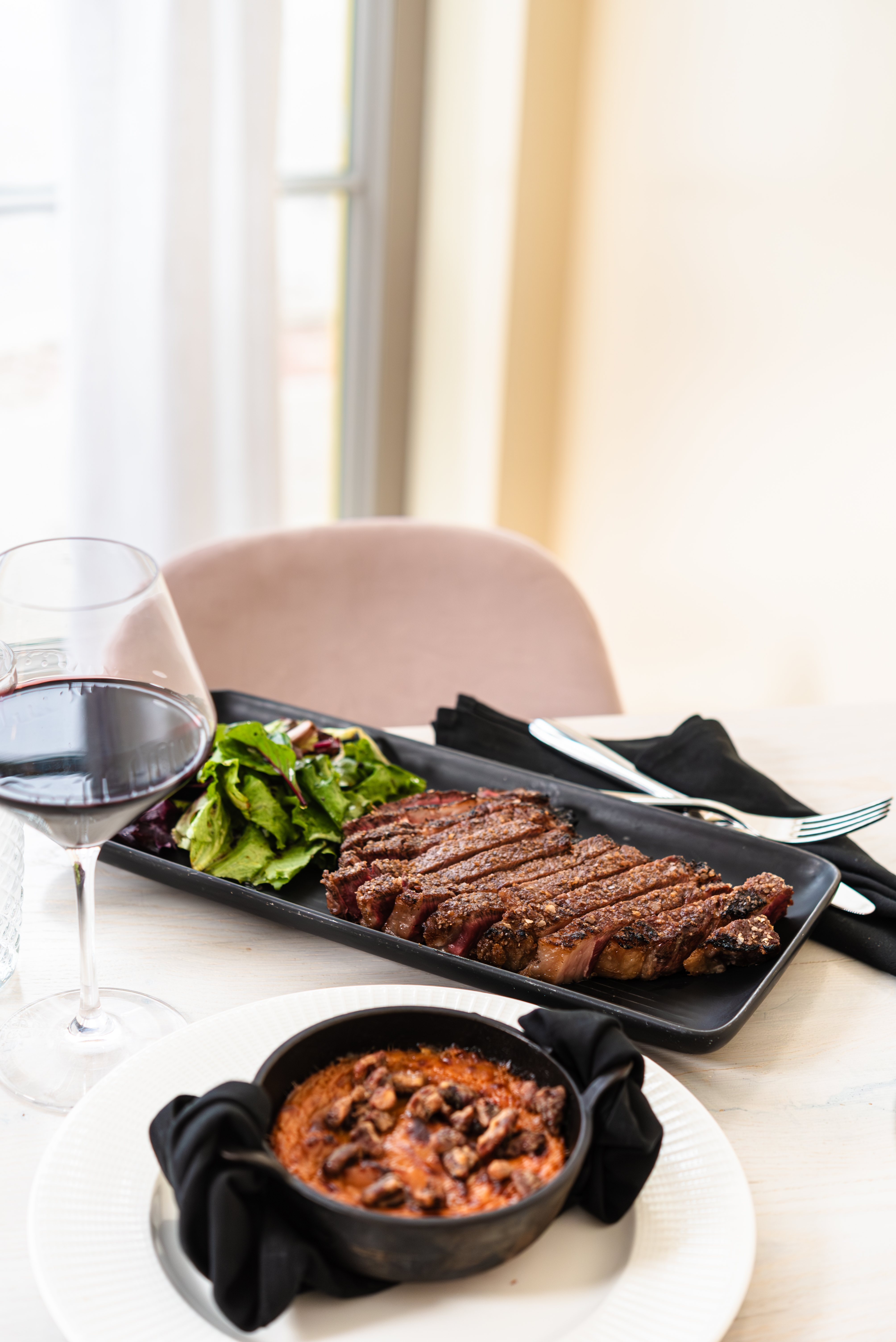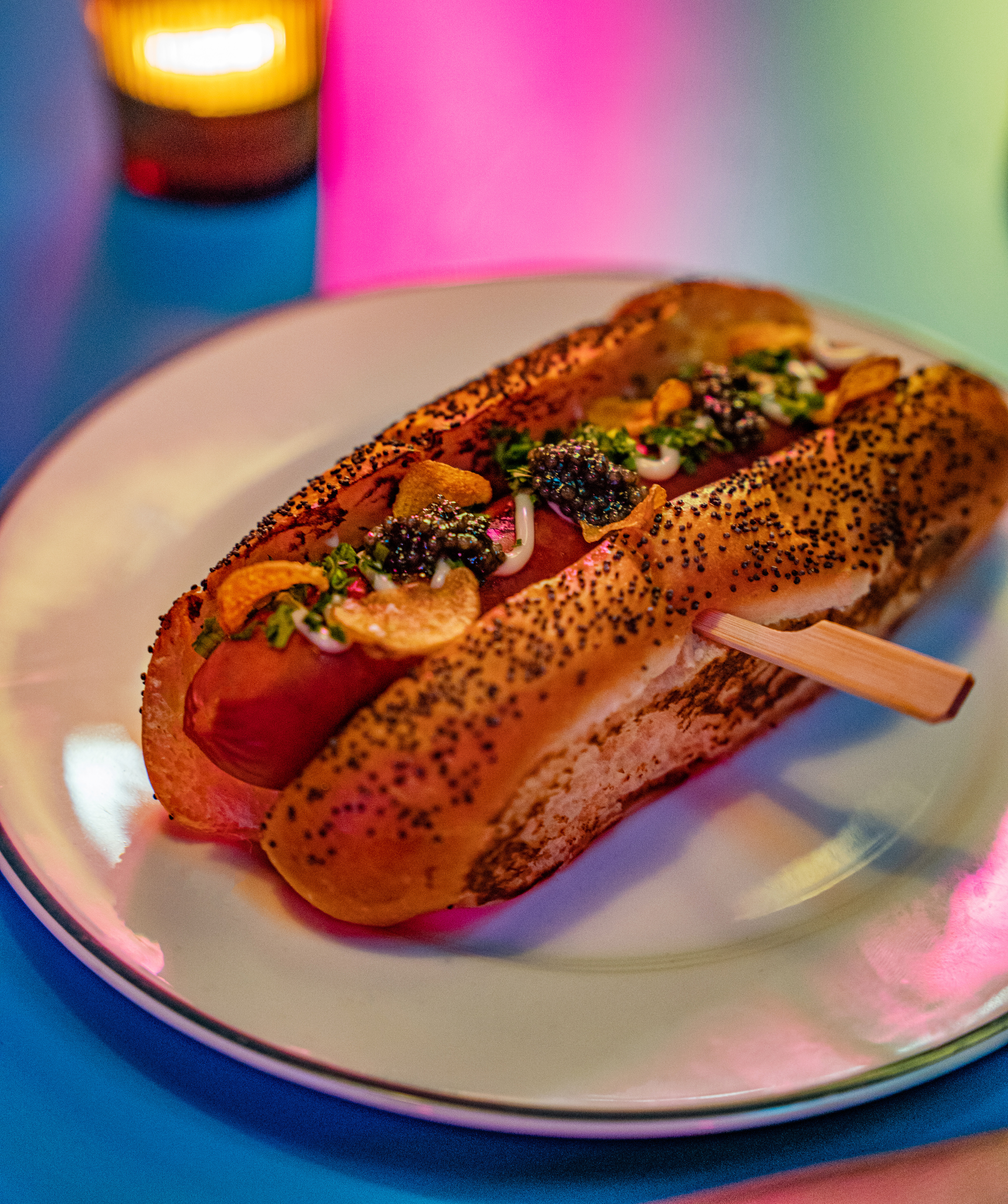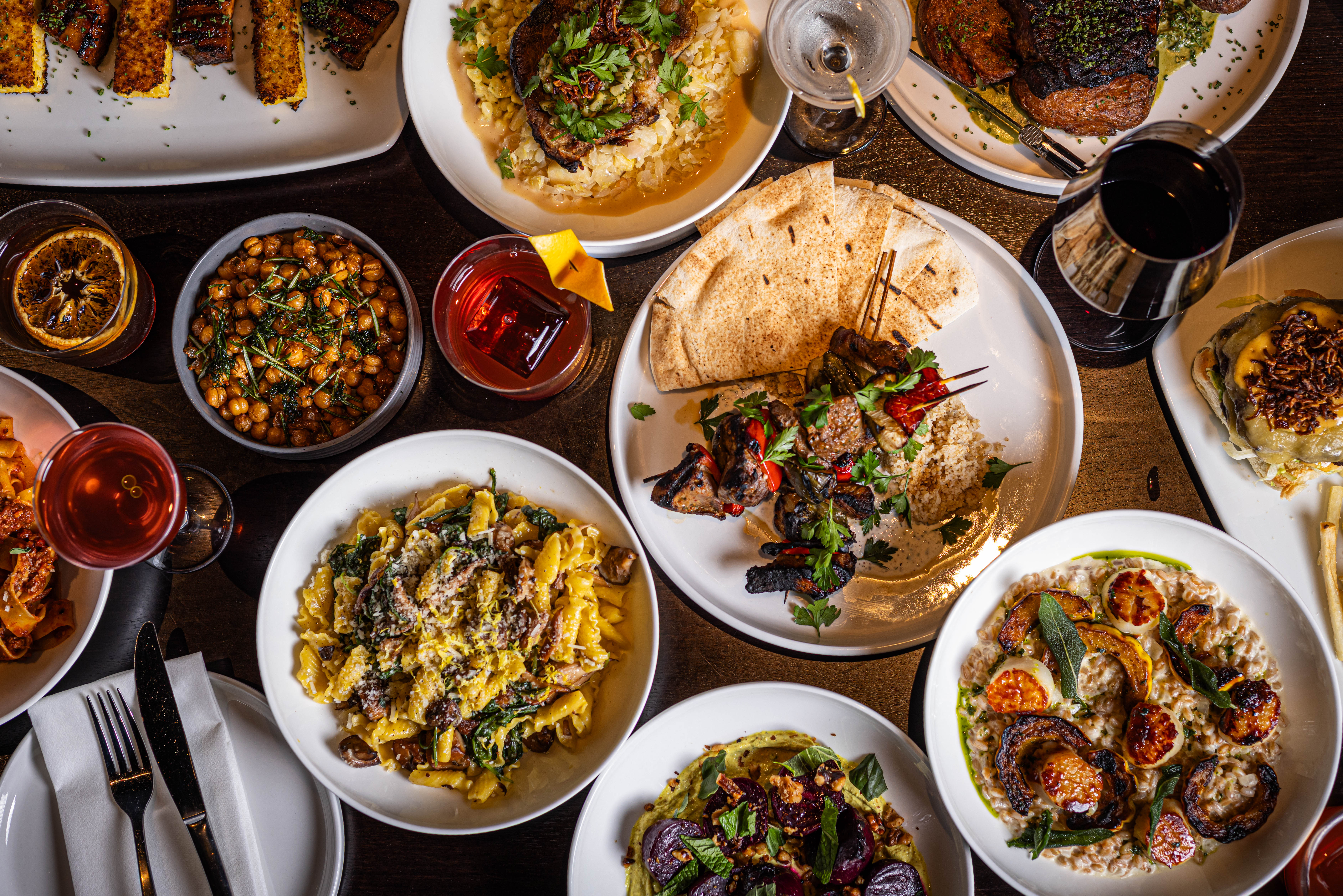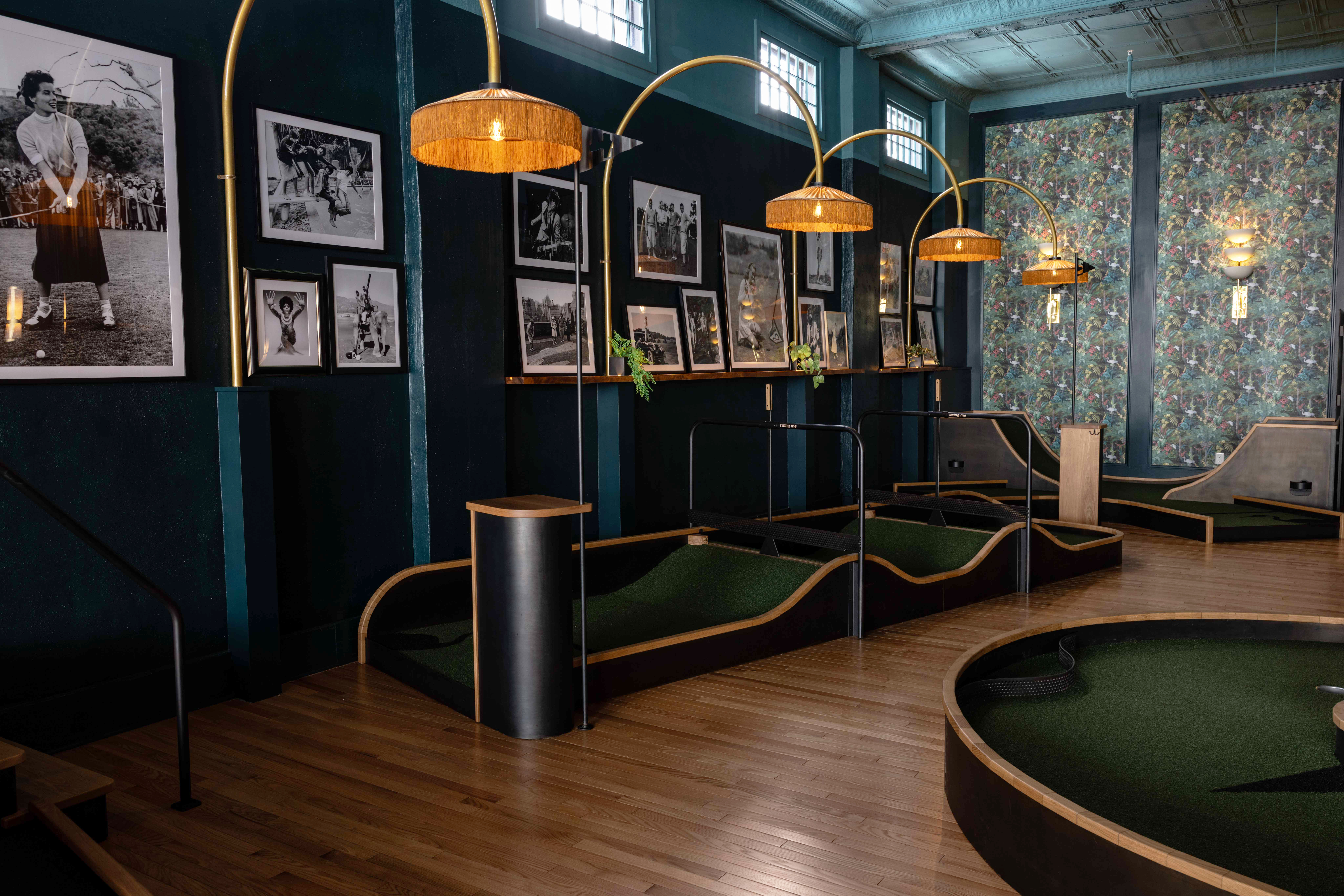Q&A: Rood's New Chef Josh Erickson Talks Influences, Ideas and Inspirations
Chef puts his take on the Midwestern menu with Asian influences and an eye on sustainability.
by Allison Jack | Apr. 18, 2024 | 12:18 PM
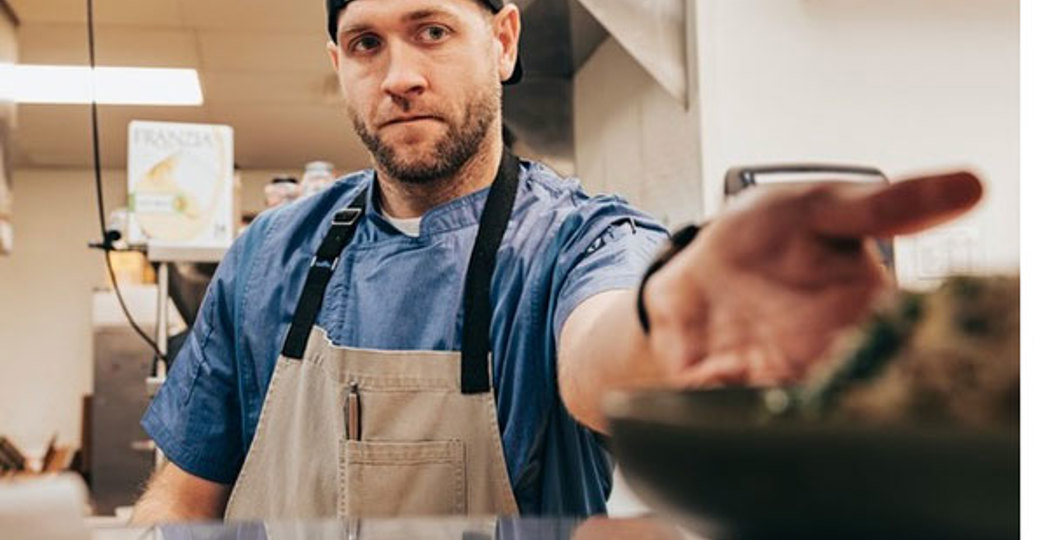
Courtesy Josh Erickson
Rood Food and Pie brought a fresh concept to western Lakewood in 2018, starting with gourmet sliders on house-baked buns, craft cocktails and a noticeably different vibe, showcasing a locally made art deco reader board, art on tables and an actual camper inside. Eight months ago, the newest executive chef Josh Erickson joined the team continuing the evolving Midwestern menu infused with Asian inspiration, while bringing his own twist on sustainability and plant-leaning dishes.
Q: How did you get your start at Rood Food and Pie as an executive chef and how did the industry bring you here?
A: I applied to be a sous chef after I opened up my own pop-up company. I did street food for a while, after I left Blue Point. I spent four years, five years at Blue Point, executive chef for three of those four, five years. It was called Mobius. I was at Porco doing brunch. I still do events. My friend Jamie who was here underneath Rachelle (Muphy) got me, told me she was leaving, so I was like you know what, I’ll go apply. It quickly turned into an executive chef role, and she took another position.
Q: Tell me about your vision for the future here in terms of menu and what direction the food will be going in.
A: My style is Midwestern, very Midwestern. You know, I grew up here. It’s a different style of food. There’s going to be a lot of Japanese, Asian influences. That’s my thing. I just love their culture. All the ingredients are so simple but complex at the same time. We really focus on sustainability. We’re not there yet but we’re reaching there. It’s kind of a challenging role but it’s fun using ingredients and presenting them in a different way.
Q: What are some examples of using ingredients and presenting them in different ways?
A: We have Brussel sprouts on the menu. That is a zero-waste dish. We put the squash puree at the bottom. Matt, the bartender, and I will use each other’s stuff. He’s got his coconut-infused bourbon. I use that for the puree and then the squash seeds themselves. We dehydrate and then we make our own tahini out of the squash seeds. That’s one of the sauces on the plate. Dehydrated peppers as the garnish, so it’s like again we try to use every ingredient that we have. Duck pasta is another one. We make dashi out of the corn cobs.
Q: What is dashi?
A: It’s a Japanese vegetarian vegan ramen stock. That’s like the base for the duck pasta. We make our own duck sausage, which no one’s (around here) done that before.
Q: Is there anything that influenced your interest in Asian food and culture?
A: I’m actually planning a vacation next year. I’m excited to go to Japan next year. I’m not sure why I gravitate toward that. I just think what they do over there is pretty cool. They have Michelin-starred street food and vending machines that produce food.
Q: What do you think you bring to the team here or how are you unique to the vibe here?
A: I think I let “the guys” be creative, too. I really value their input in terms of creating dishes. Ryan has helped me with the dorade dish. That was kind of a collab between him and I. He’s one of my cooks here. From Day One, I told them I was like “Hey, you know, I want to move toward more sustainable, more veg-forward dishes with awesome produce.” They kind of took it and ran with it. Ed, my other line cook, he has a kofta, which is a vegan kofta. We use broccoli stems. It’s really good. It tastes just like lamb meatballs.
Q: So there’s definitely a plant-based movement happening, as well?
A: I don’t want to go completely vegan. But definitely veg-forward. Again, suitability, sustainable seafood, sustainable farms, especially seafood. Seafood has gotten such a bad light in the last seven, eight years or so. And I’m trying to bring back people’s perspective and it’s not as bad as Netflix made it out to be.
Q: Do you try to source your ingredients from places that are local?
A: I do. Obviously, seafood’s a little bit limited around here. But yes, hyper-local. If we don’t make it, we buy it locally and we try to use the local farms around here.
Q: Do have any particular philosophy in terms of cooking?
A: I don’t know if I have a philosophy. I’m self-taught. I never went to culinary school, so I just learned along the way. I think are a lot of life lessons that can be learned in the kitchen. If I had to answer, maybe that would be it, a lot of life lessons.
Q: What inspired you to want to cook?
A: Growing up I used to watch my great-grandpa cook. My mom didn’t really cook so I had to teach myself. I just like that you eat food, it’s like…So I think of it in terms of music, where if you eat something, it transports you back to a time, a place, a person, an event. I think sounds do it. Music does it. Outside of those three things, I think that’s why. That’s happened to me before and I just want to do it for other people.
Q: Is there anything unique you can share that readers would probably not know about?
A: I think the restaurant itself is surprising. It’s got such a unique vibe, brings in a lot of different people, which is really nice. You got the young crowd, you got the older vibe, everybody still comes through in the neighborhood. It’s really nice. As far as surprising, I think the food is surprising, the menu is surprising. You aren’t going to find a lot of these items on our menu anywhere else. And just the creative approach to the food, it’s not always what you think it is. For example, I have a short rib dish on the menu, short rib sous vide for two days. Most people think of short ribs think of it falling apart, kind of shredding. This doesn’t. You kind of use the bone as a cutting board, and you slice it, and it kind of melts in your mouth. It’s a different play on the short rib. I’m just trying to show people that the way you think of it isn’t always the best way or the only way.
Q: So what are some of the other stand-out dishes that you offer here? If you were going to have someone come here for the first time, what are a couple of things they’d have to try?
A: I think the dorade is cool because it’s a whole fish. The flavors are…they punch you in the mouth with flavor, if that makes sense. The duck pasta I love. We use the local Flour Pasta Company. The bucatini, they do a good job at that.
Q: Is there anything special about where you get the duck?
A: It’s Maple Leaf’s duck. It’s their style of duck, gamey, very sustainable. So you’ll see more game on the menu. We try to get that stuff. We try to source it. I’d really love people to try the kofta because it’s out there. Again, zero-waste dish. We use broccolini stems, potatoes and then we use eggplant. We actually season it with dehydrated mangos, so we just try to use every part of the ingredients. The dorade, we use the carrots and then we use the tops to make a sauce on the dorade.
Q: What do you think would define you as the newer chef in terms of what you’re bringing to the table that’s different.?
A: I think we should all move to be more sustainable. I think that will set me aside, fermenting and stuff like that and doing that kind of thing. I think my lack of actual education will set me apart because I don’t play by the rules that some chefs play by. It’s kind of crazy to be mentioned in the same kind of conversation as “those guys,” all the other tops chefs in the city.
Q: I hear you’re bringing back the beloved sliders during happy hour.
A: Yeah, we’re going to bring back the happy hour. It’s kind of an ode to Rood 1.0. We’re going to do it in a different way. I’m pretty excited for the koji rolls. They are fire. We’re going to have pork belly slider which is one of the best things. I’ll give myself a pat on the back for that one.
Q: Do you have a favorite pie here?
A: The peanut butter chocolate, is just like, how do you go wrong with peanut butter chocolate? We have three bakers back there, two of them are young, and they are learning and creating. It’s just really exciting to see these young kids come here and really want to create.
Q: Is there anything else I haven’t asked about that you think would be important to know?
A: I think it’s a group effort here. Everybody plays a part in the creation of items. We go back and forth. Matt’s the bar manager. He’s super creative. He’s like a mad scientist around the bar. The passion in this place is just incredible from Brian, all the way down. I’ve never been surrounded by so many people with the same goal doing what we do.
For more updates about Cleveland, sign up for our Cleveland Magazine Daily newsletter, delivered to your inbox six times a week.
Cleveland Magazine is also available in print, publishing 12 times a year with immersive features, helpful guides and beautiful photography and design.
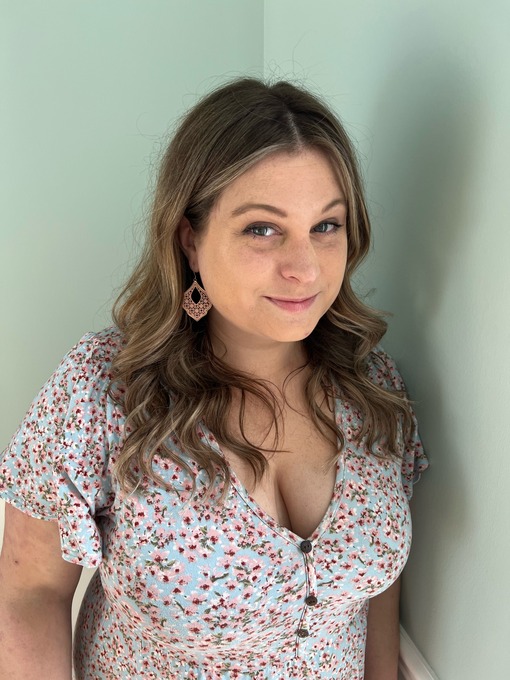
Allison Jack
Trending
-
1
-
2
-
3
-
4
-
5





